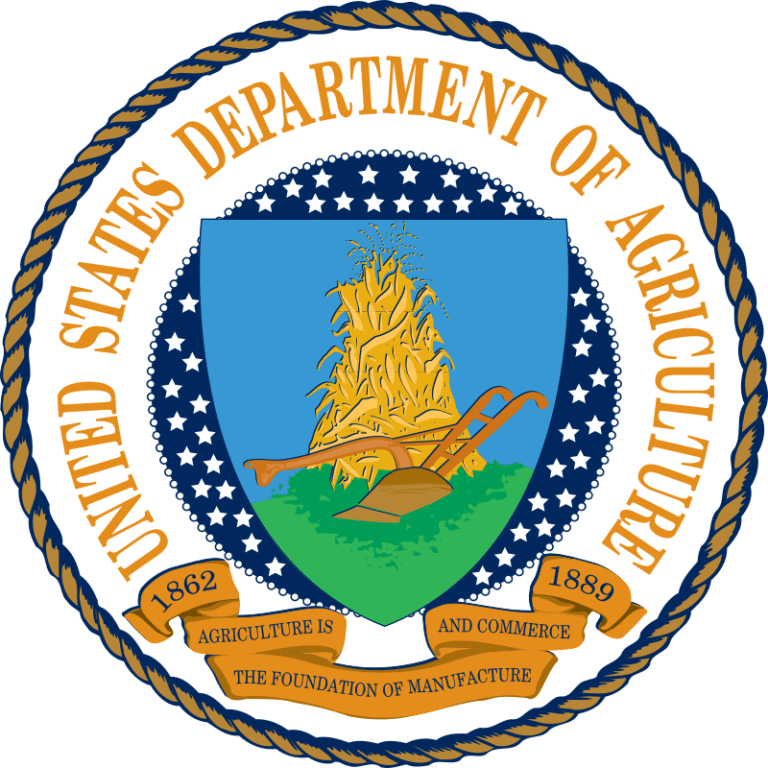The Departments of Agriculture play a crucial role in shaping the future of farming, food safety, and rural development in the United States. Established in 1862 by President Abraham Lincoln, the U.S. Department of Agriculture (USDA) is often called the “People’s Department” due to its deep connection with American farmers, ranchers, and rural communities. It serves as the federal authority responsible for enforcing laws related to agriculture, forestry, natural resources, and nutrition, ensuring that the country’s food supply remains safe, abundant, and sustainable.
The mission of the Departments of Agriculture focuses on providing leadership in food production, conservation, and rural economic development. The department operates by combining sound public policy with the best available science and efficient management practices. It supports farmers by improving agricultural productivity and trade, promoting sustainable practices, and protecting natural resources. The USDA also manages nutrition assistance programs like the Supplemental Nutrition Assistance Program (SNAP), which helps millions of Americans access food.
Within the Departments of Agriculture are several key agencies that work together to fulfill its broad mission. The Food Safety and Inspection Service (FSIS) plays an essential role in ensuring that meat, poultry, and egg products meet safety standards before reaching consumers. The Farm Service Agency (FSA) provides vital financial assistance and loans to farmers, helping them maintain operations through challenging seasons or market shifts. The Natural Resources Conservation Service (NRCS) focuses on preserving soil and water resources, assisting landowners with conservation techniques to protect the environment.
Another significant branch is the Forest Service, which manages vast national forests and grasslands, balancing resource use with preservation efforts. The Agricultural Research Service (ARS) conducts scientific research to solve problems affecting agriculture, including crop diseases, pest management, and soil health. Rural Development programs aim to improve the quality of life in rural areas by funding infrastructure projects, housing, and business development to strengthen local economies.
Leadership within the Departments of Agriculture is headed by the Secretary of Agriculture, a Cabinet-level official appointed by the President and confirmed by the Senate. This leadership is responsible for guiding policies that affect millions of Americans and overseeing the department’s budget and workforce. The USDA operates with a multi-billion-dollar budget allocated by Congress, employing tens of thousands of staff across the country, including scientists, inspectors, economists, and administrative personnel.
The Departments of Agriculture hold a vital position in America’s food system. Their policies influence not only the quantity and quality of food produced but also the health of the environment and the prosperity of rural communities. Programs supporting farmers and ranchers help sustain agriculture as a cornerstone of the nation’s economy. Conservation initiatives protect natural resources that are essential for ongoing agricultural productivity. Meanwhile, nutrition programs ensure that vulnerable populations have access to food, addressing food insecurity across the country.
Current challenges facing the Departments of Agriculture include adapting to the effects of climate change, which impacts growing seasons, water availability, and crop yields. Balancing the need for increased farm productivity with environmental sustainability is a complex issue that requires ongoing research and policy adjustments. The department is also tasked with modernizing food safety regulations to address new risks and technologies in food production and processing.
Rural communities face persistent challenges such as poverty, lack of infrastructure, and limited access to healthcare and education. The USDA’s Rural Development programs strive to provide solutions through loans, grants, and technical support to build stronger, more resilient rural economies. Additionally, budget constraints and workforce changes, including possible layoffs or restructuring, continue to shape the department’s operations and its ability to deliver services effectively.
The Departments of Agriculture remain a key player in maintaining America’s agricultural heritage while promoting innovation and sustainability. As farming practices evolve and new challenges arise, the USDA’s role in supporting farmers, protecting consumers, and fostering rural growth remains as important as ever. Its broad reach across numerous agencies and programs reflects the complexity of managing the nation’s food system and natural resources, ensuring that the United States continues to produce safe and nutritious food for its people.







